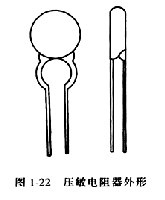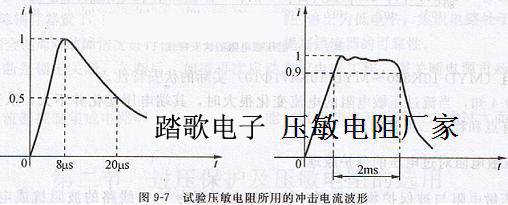在線客服
| Product Category Search |
.jpg)
| 應(yīng)用介面 |
傳輸速率 |
上升時間 |
建議使用容值 |
| HDMI 1.3 Data Port | 10.2G bps | 0.02~0.03ns | <0.15pF |
|
USB 3.0 Data Port |
4.80G bps |
0.05~0.06ns |
<0.3pF |
|
USB 2.0 Data Port |
480M bps |
0.5~0.6ns |
<4pF |
|
USB 1.0 Data Port |
12M bps |
4~20ns |
5~10 pF |
|
Wireless Device |
1.5M bps |
75~300ns |
5~10 pF |
|
RS232, IrDA1.0 |
115.2 K |
1us~8us |
10~100 pF |
|
Audio (Microphone/Sperker) |
20~20K Hz |
0.05ms~5ms |
10~1000 pF |


.jpg)


